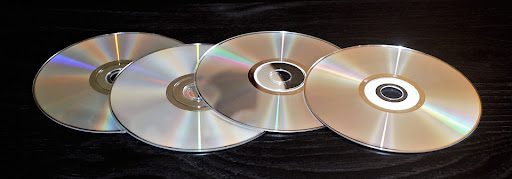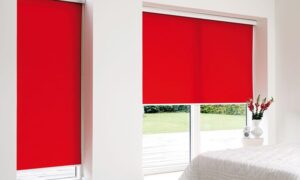Building a PC from scratch can be a daunting task, but it can also be a lot of fun. If you’re new to the process, or if you just need some tips to help you out, read on for some useful advice. In this article, we will discuss everything from choosing the right components to installing Windows and software. So whether you’re planning your first build or just want to refresh your memory, keep reading for some helpful tips!
Choosing the Right Components
When choosing components for your PC, it’s important to think about what you will be using it for. If you just need a basic machine for browsing the internet and doing light office work, then you don’t need to invest in a high-end gaming rig. Conversely, if you plan on playing the latest games at the highest settings, then you’ll need a more powerful setup. That said, here are some general tips for choosing components such as a processor. The processor is the most important component in a PC. It determines how fast your machine can run, and it’s important to choose one that is suitable for your needs. If you’re not sure which processor to choose, consult a hardware guide or ask someone who knows about PCs. The motherboard is another important component, as it determines the type of processor that can be used, as well as the other components that can be installed. When choosing a motherboard, make sure to check its compatibility with the other components that you plan on using. Another important factor to consider when building a PC is the amount of storage space you need. This will vary depending on your needs and how many files you plan on storing. If you only need a small amount of space, then a basic hard drive will do the trick. However, if you need more space, then you may want to consider a solid state drive (SSD). SSDs are more expensive than hard drives, but they are much faster and can provide a noticeable improvement in performance.
Installing Windows and Software
Once you have chosen all of the components for your PC, it’s time to install Windows and software. The process of installing Windows can be a bit daunting for first-timers, but it’s not too difficult. Just follow these simple steps:
-Burn the Windows ISO to a DVD or create a bootable USB drive
-Boot your PC from the DVD or USB drive
-Install Windows
Once Windows is installed, you’ll need to install some essential software. The most important piece of software is, of course, your antivirus program. Other essential programs include a web browser, a word processor, and a graphics editor. There are thousands of different programs to choose from, so it’s important to find ones that suit your needs.
Don’t Skimp on the Power Supply
One thing that many people forget to factor in when building a PC is the power supply. The power supply is responsible for supplying power to all of the components in your PC, so it’s important to choose one that is powerful enough. If you choose a low-quality power supply, it can lead to system instability and even damage your components. Also, make sure to choose a power supply that is compatible with the other components in your PC.
Use the Right Amount of Thermal Paste
When installing a CPU, it’s important to use the right amount of thermal paste. Thermal paste is used to help transfer heat from the CPU to the heatsink, and using too much or too little can be detrimental to your system. For best results, use a pea-sized amount of thermal paste and spread it evenly across the surface of the CPU. If you don’t use enough thermal paste, the CPU may not be able to dissipate heat properly and will overheat. Conversely, if you use too much thermal paste, it can cause the CPU to become unstable and may even damage it. When applying thermal paste, use a pea-sized amount for each CPU core.
Don’t Forget about Cable Management
When building a PC, it’s important to keep cable management in mind. This will help to keep your system looking neat and tidy, and it will also improve airflow. There are a variety of tools and techniques that can be used for cable management, so be sure to do some research before starting your build. The most commonly usedones are zip ties and cable clips.
Throw Away the Driver Disks

Driver disks are no longer necessary when building a PC. Most of the components in your PC will have driver software pre-installed, so there is no need to worry about finding and installing drivers manually. If you do happen to need drivers for a particular component, you can usually find them on the manufacturer’s website.
Plan Your Build Order
When building a PC, it’s important to plan your build order. Build order is the order in which you install the components in your PC. This is important because some components require other components to be installed before they can work properly. For example, the motherboard needs to be installed before the CPU can be installed.This will help to ensure that everything goes together smoothly and that you don’t forget any of the components. A good way to do this is to use a checklist. Start by installing the motherboard and CPU, then install the memory and storage devices. Next, connect the power supply, graphics card, and other peripherals. Finally, install the operating system and software.
Test Your PC
Once you have finished building your PC, it’s important to test it to make sure everything is working properly. One way to do this is to run the PC for a few hours and monitor the temperatures. If everything is working okay, the temperatures should be within safe limits. You can also test your PC by running some basic applications, such as a web browser and word processor.
These are just a few of the things to keep in mind when building a PC from scratch. By following these tips, you can ensure that your system is built correctly and will run smoothly for years to come. If you’re still unsure about how to build a PC, there are plenty of resources available online, including video tutorials and step-by-step guides. So what are you waiting for? Start building your dream PC today!

































